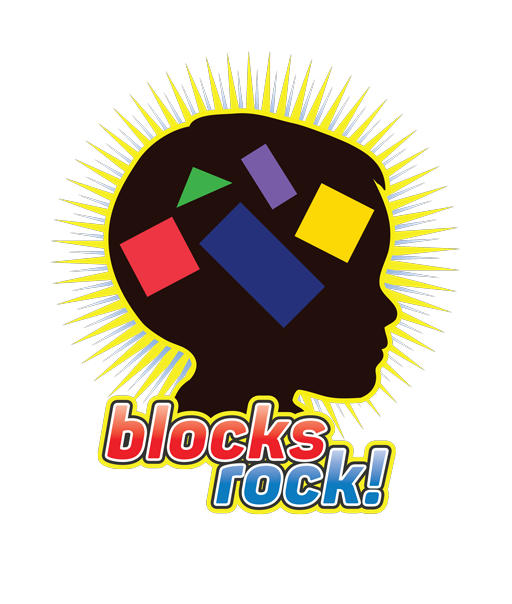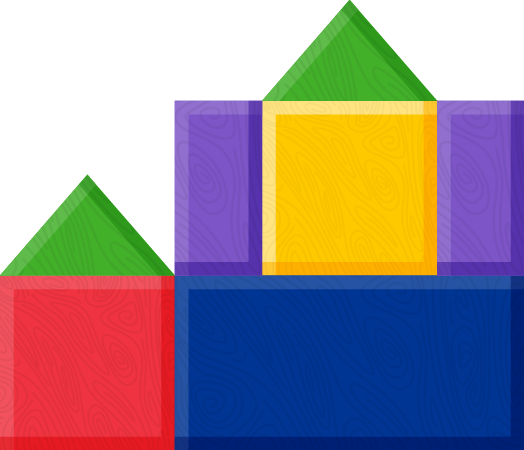Lately we’ve been talking about creating a culture of adventurous learning for the children in your life. One way to embrace adventurous learning is to take a look at tiny teachable moments that happen in your everyday activities.
Interested in learning more? Check out these everyday Fall moments we’ve identified that you can use as a teachable moment.
Raking Leaves: Why do trees lose their leaves?
It’s a chore that spreads across state lines and can lead to Fall fun when jumping into the hard work you’ve recently finished - a pile of raked leaves. So as the little ones in your life experience Fall and join you outside to play in your leaf piles, take the opportunity to teach them about our leafy friends.
So, why do trees lose their leaves? Trees use sunlight and water to make their energy, or food, through their leaves. As sunlight becomes less available to the trees, they can’t make any more food, so they rest for the winter by shedding their leaves. By shedding their leaves, they use little energy and have enough water and food stored in their trunk to live through the winter!
Interested in showing a fun video to help your kids learn? Check this one out.
Spotting Squirrels and Other Creatures: Where do they go during winter?
Perhaps when you’re enjoying a Fall walk you’ve run across a squirrel frantically running around and collecting food. If your child spots one, that would be a great time to talk about what squirrels and other animals do during colder winter months.
While squirrels don’t actually hibernate, they sleep for long periods of time during the cold, and survive by storing food and sleeping close to other squirrels in order to stay warm. Other creatures, like bird, migrate south where they can find warmer weather. The perfect time to bring up this teachable moment could be when you see a flock overhead! Other animals, like bears, hibernate and go into a deep sleep state that requires them to use less energy.
Apple Juice vs. Apple Cider: What’s the difference?
During Fall, you might switch things up in your house by trading your apple juice in for fresh apple cider. Since both are sweet and made from apples, how can you explain the difference to your kids?
Apple cider is raw juice from the apple that hasn’t been filtered to remove any large amounts of pulp or other sediments. Apple juice goes through a lengthy process of filtration and pasteurization that allows it to have a much longer shelf life! Where all of the sweetness and tastes comes from the variety of apples in apple cider, apple juice has other sugars and products mixed in. Happy sipping!
There’s plenty to learn about in Fall!
Check out our quick list of other topics you can turn into teachable moments this fall.
- Carving pumpkins: How pumpkin seeds grow into a pumpkin
- Baking pumpkin or apple pie: Using baking to teach math skills through measurements
- Planting mums: Why some plants grow in summer and some grow in fall
- Germinating grass: Why you need to plant grass seeds in the fall
Keep learning about creating a culture of adventurous learning.
Interested in learning about other ways to create a culture of adventurous learning? Check out some of our recent blog posts:


